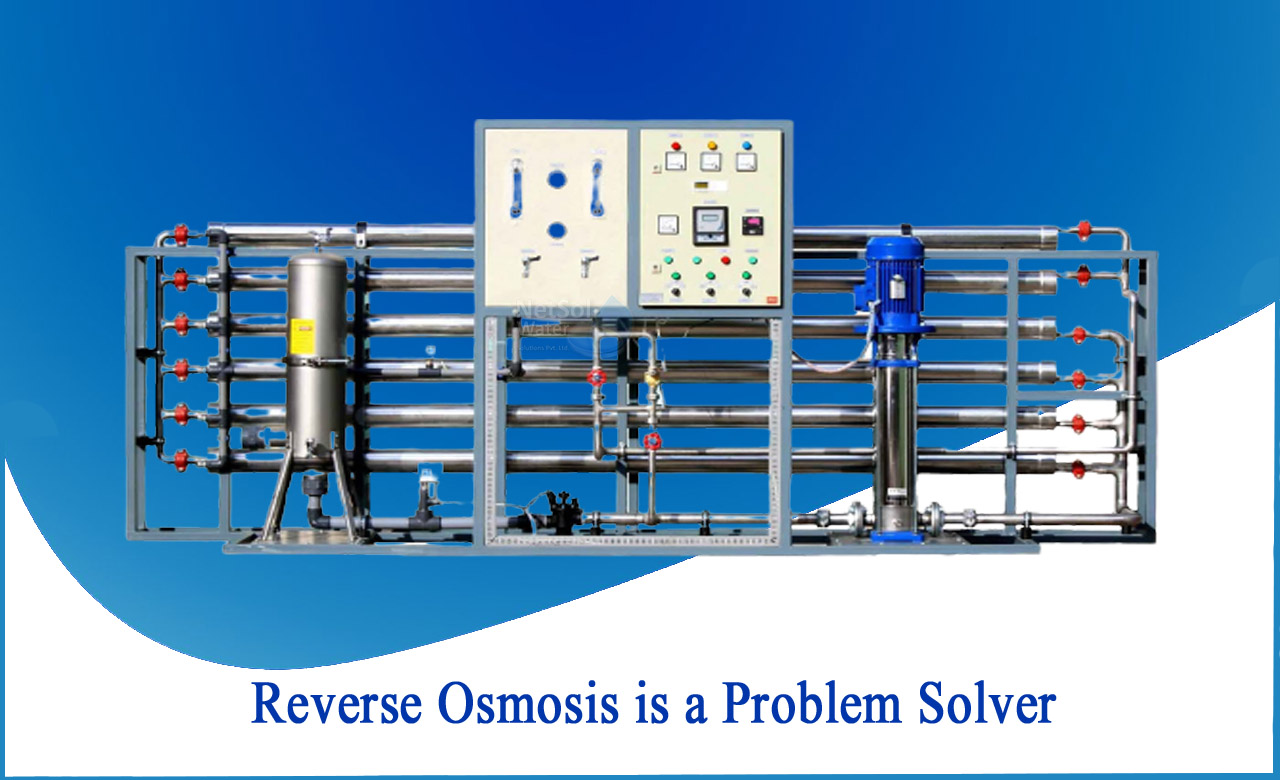INTRODUCTION
RO filtration is a good way to protect your water from a wide range of impurities, including bacteria, chemicals, and other problems. To ensure that user have unlimited access to great-tasting drinking water, these systems are typically installed under the sink in your kitchen (or, in some cases, in the basement). One may reduce your exposure to concerns like these by using a reverse osmosis filtration system to ensure that you have cleaner water for cooking and beverages:
1- METALS: Lead poisoning is a widespread occurrence, especially in locations where the infrastructure and water pipes are old and in need of maintenance.
2- MINERALS: The two most frequent minerals that generate hard water are calcium and magnesium.
3- MICRO-ORGANISMS: Bacteria and parasitic infections, such as cryptosporidium, are typical pollutants detected in lake and river water.
DOES REVERSE OSMOSIS REMOVE CHLORINE AND FLUORIDE?
-Chlorine and fluoride are two toxins that many people want to get rid of from their drinking water at home. You can address concerns about these compounds by using the reverse osmosis process or associated filtration steps found in many reverse osmosis systems.
-While tiny amounts of fluoride are unlikely to cause problems – and may even be advantageous in the fight against tooth decay, widespread exposure to high levels of the material can harm teeth and bones. In these cases, reverse osmosis can be a useful tool for reducing fluoride levels in your drinking water.
-Chlorine is often employed as a disinfectant in water treatment plants. Excessive levels of this chemical can make individuals sick, and some people may notice that their drinking water tastes like bleach. Many RO systems feature an activated carbon filtration step that helps minimize the amount of chlorine in your drinking water.
WHAT IS NOT REMOVED BY REVERSE OSMOSIS?
RO can help users deal with a wide range of potential problems in your water, including pollutants and aesthetic issues like taste and odor. However, in some cases, the reverse osmosis method is insufficient to solve the problem. Thankfully, advanced RO systems allow users to combine reverse osmosis' capabilities with extra filtration stages, resulting in a more comprehensive solution for cleaner, better-tasting drinking water.
Additional filtration support may be necessary after the RO phase to reduce the presence of contaminants such as:
1- Contaminants on the rise, including the "forever chemicals" PFOS and PFOA.
2- Organic substances that are volatile (VOCs)
3- Bacteria and viruses
You can design a comprehensive water treatment strategy by collaborating with professionals to examine your home water test findings. For example, you might use excellent RO solutions like NETSOL WATER SOLUTION to tackle some of the issues mentioned above.
IS IT BAD TO DRINK REVERSE OSMOSIS WATER?
Drinking reverse osmosis water is a safer choice for households with dangerous impurities in their water source, such as lead or specific microbes that RO systems are efficient against. You may enjoy successful treatment for a wide variety of possible difficulties with a comprehensive RO solution that is matched to the results of your home water test with the addition of supplemental filtration cartridges.
Some homes may choose to remineralize their water after it has been treated. This technique improves the flavor for some people. Customized Mineral Boost Cartridges from NETSOL can help you attain the desired mineral content and taste for your family's preferences.



